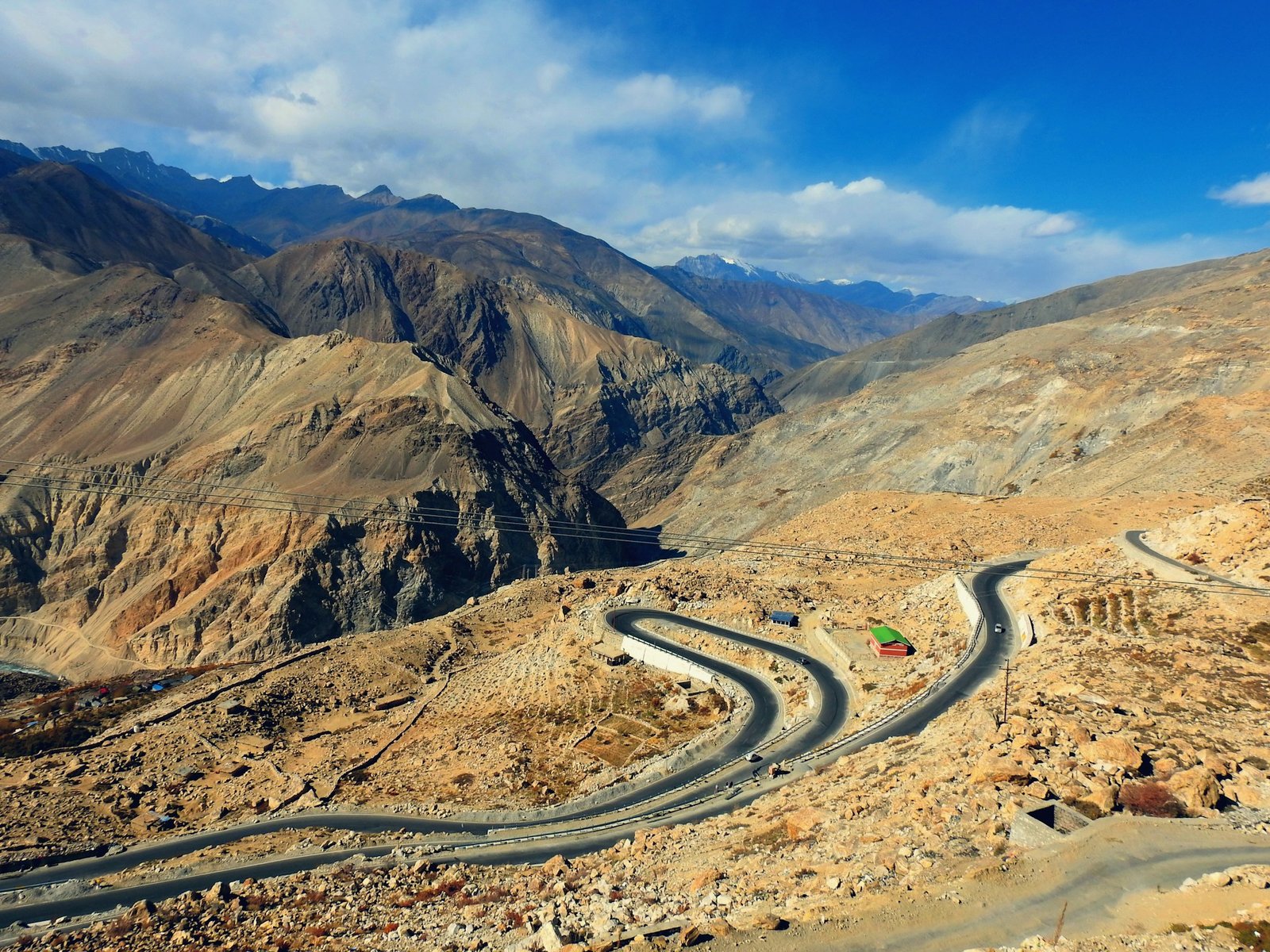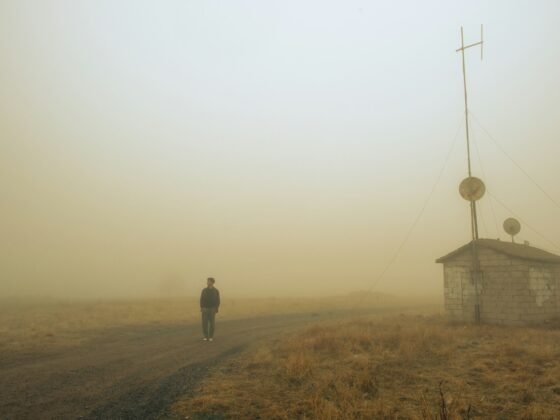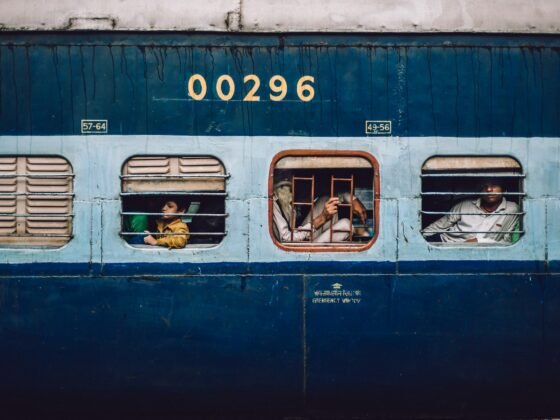by Deeksha Sharma
PureTravel Writing Competition 2024
“A huge landslide has blocked the road towards Shimla and Delhi at Nigul Sari. If the machines clear it up tonight, the roads may open tomorrow”, a policeman told me in Reckong Peo in the Kinnaur district of Himachal Pradesh in India.
As sunlight painted the dawn, I decided to take a chance. I packed my belongings in my backpack and left the homestay to catch a bus to the sliding point. The idea was to reach the sliding point at Nigul Sari by one bus, then walk through the landslide-hit zone to get to the other side of it and catch another bus to Shimla, often known as the ‘Queen of Hills’.
As I stood on the roadside, a Himachal Road Transport Corporation (HRTC) bus came and I grabbed the front seat to enjoy the views of the valley. Travelling by local bus is not just an affordable way to explore the hills but it’s also a meaningful choice for sustainable tourism in the mountains. When we choose local transport, we help reduce the carbon footprint and support the state’s efforts to maintain its nature and environment. Beyond sustainability, travelling by bus was a chance for me to experience the true essence of Himachal. I shared my journey with locals, heard their stories and learned about their everyday lives.
With traditional Himachali songs playing inside the bus on the curves of the valley, I felt a little filmy. It is one of those films that you never want to get finished — this journey felt the same. The humble and professional bus driver and conductor ensured that every passenger’s journey was smooth and enjoyable.
My anticipation of what might happen next grew as the bus approached the sliding point at Nigul Sari. And finally – that point came. I picked up my two backpacks and one sling bag and stepped off the bus. It was a beautiful rainy day with serene yet scary views of the landslide. I made a choice to follow the locals, walked into the unknown mountain paths and began my 1.5-kilometre hike towards the other side of the landslide.
I was a little nervous initially but could feel some excitement inside me, too. The hike was steep and I had to walk inside a dense forest uphill – damp, slippery, muddy and no mobile networks! Somewhere in the middle of nowhere, I saw a small stone and wood house, probably built by the shepherds while they walked through the mighty mountains with their cattle. I stopped for a while and felt drawn towards that little house. “How would it feel to live in that beautiful little house?”, I asked myself, took a deep breath and continued hiking.
After walking through the treacherous paths for about an hour, I reached the other side of the landslide and boarded another bus towards Shimla. As the bus started moving, the bus driver switched on his music player and started playing traditional Himachali songs along with some famous Bollywood songs. As I tuned in to these songs, my tiredness just evaporated and I opened the window next to my seat and closed my eyes. The moment I closed my eyes, I began thinking about that stone and wood house, and with some filmy music playing on the bus, everything seemed perfect.
Suddenly, the bus applied brakes and I opened my eyes – a part of the road was cut from the edge because of the landslide and the bus driver had to navigate the bus through the winding roads carefully. As I peeped outside my window, an eerie feeling of guessing the gorge’s depth struck me. At that moment, I realised how significant it has become to travel sustainably and mindfully. Nature doesn’t deserve what we’re throwing at it – overtourism, climate change, commoditisation of cultures, excessive waste generation and everything in between.
I then reflected on how I was taking back everything that I had brought with me – my belongings, any food wrappers and any other waste. I soon realised that I was taking back a lot more things – some new Himachali folk songs, new stories, many sustainability lessons, new friendships and some unforgettable memories of my greatest journey!
Photo by Harish Bharti on Unsplash











